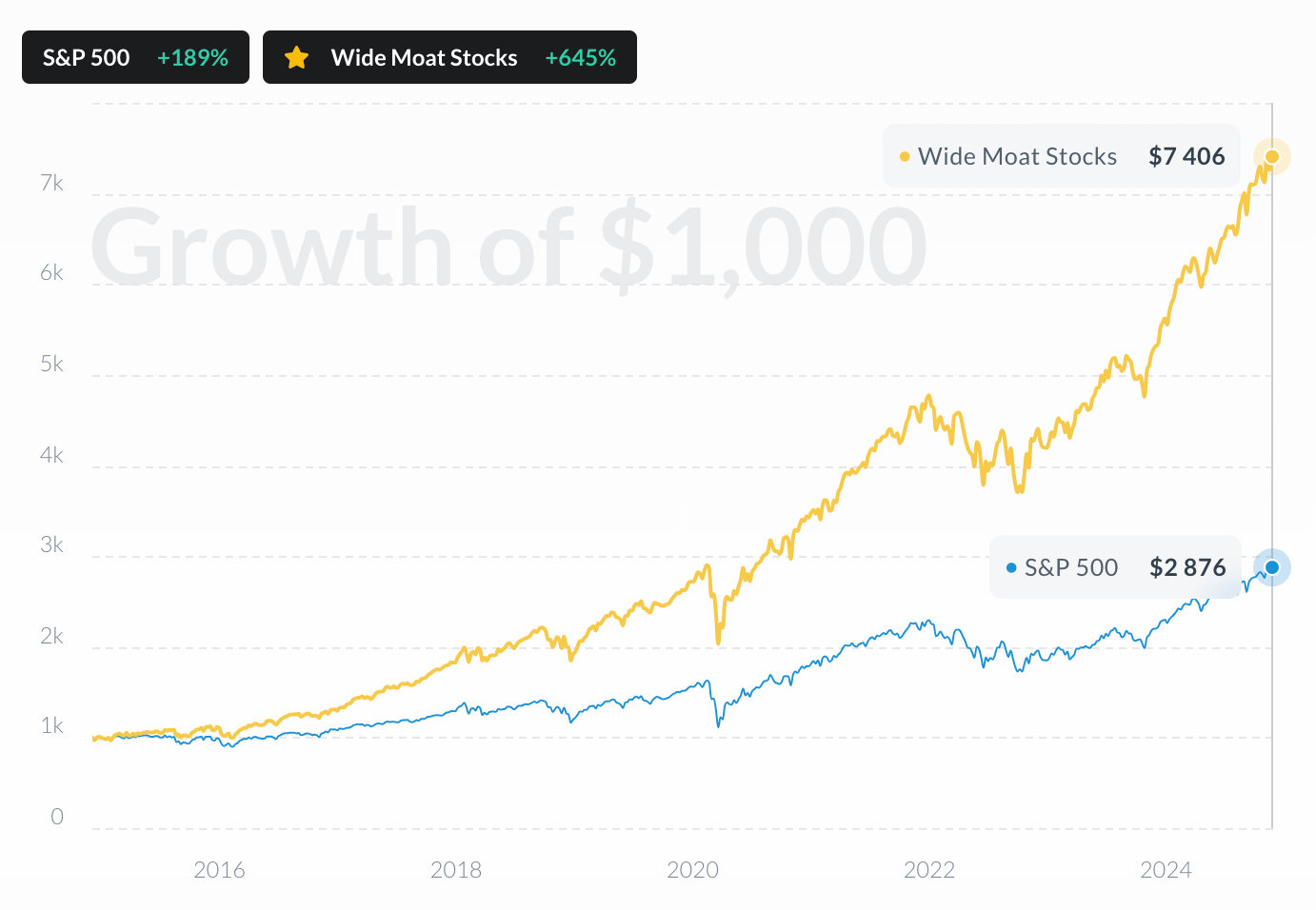 CVX
vs
CVX
vs
 S&P 500
S&P 500
 CVX
CVX
 S&P 500
S&P 500
Over the past 12 months, CVX has underperformed S&P 500, delivering a return of +3% compared to the S&P 500's +14% growth.
Stocks Performance
CVX vs S&P 500

Performance Gap
CVX vs S&P 500

Performance By Year
CVX vs S&P 500

Compare the stock's returns with its benchmark index and competitors. Gain insights into its relative performance over time.
Chevron Corp
Glance View
Amidst the sprawling landscape of the energy sector, Chevron Corporation stands as a towering figure, tracing its origins back to the 19th century. Born in California, Chevron emerged out of a merger between California Star Oil Works and Pacific Coast Oil Co. in 1879. Over the decades, it has evolved into a global energy titan, deeply integrated across the oil and gas value chain. Its operations are categorized primarily into upstream and downstream activities. In the upstream sector, Chevron engages in the exploration and production of crude oil and natural gas, operating significant assets in the Permian Basin and Kazakhstan's Tengiz Field, among many others. These explorations and extractions are driven by advanced technologies, allowing the company to tap into reserves in both conventional and unconventional sites, from mountain ranges to deep waters beneath the Earth's surface. In its downstream segment, Chevron refines crude oil into finished petroleum products. It manages a wide distribution network that brings fuels, lubricants, and petrochemicals to markets across virtually all continents. The company's refineries are strategically located around the globe, enabling it to effectively supply to diverse geographical areas, including North America, Asia, and Europe. Chevron also invests in petrochemical manufacturing and marketing via joint ventures such as Chevron Phillips Chemical, thus expanding its footprint beyond traditional oil and gas. Moreover, the company has been gradually shifting towards integrating more sustainable practices, with investments in lower-carbon technologies. Through this dual approach, Chevron adeptly navigates the volatile energy market, driving robust financial performances while setting the stage for a more diversified energy future.












































